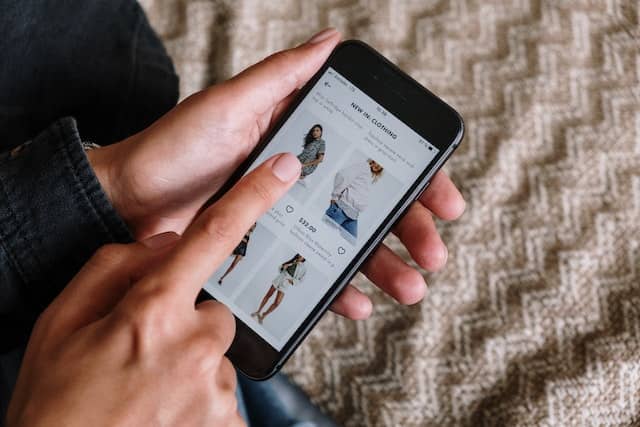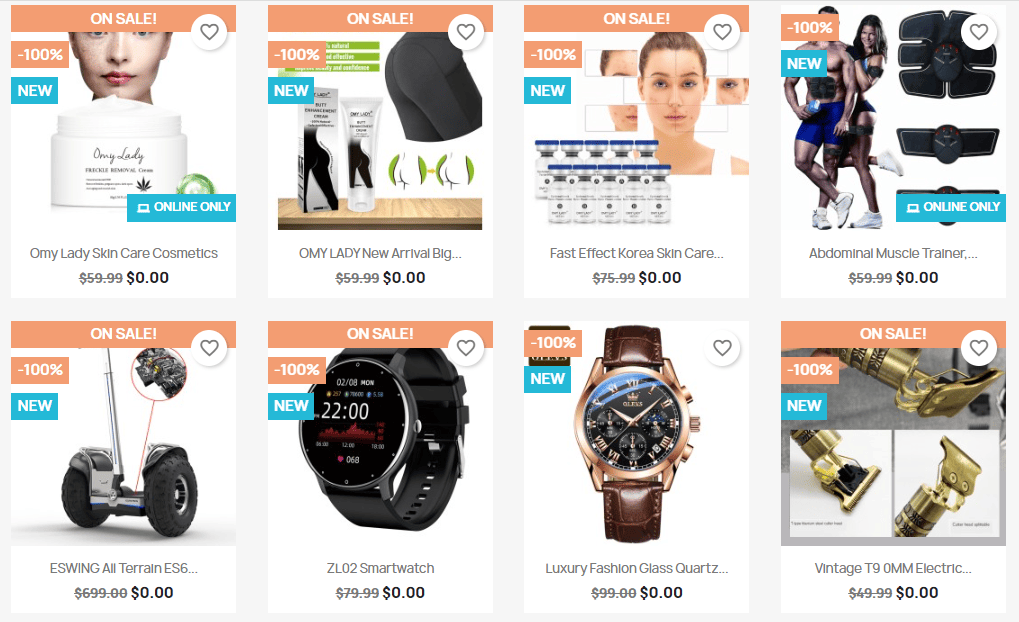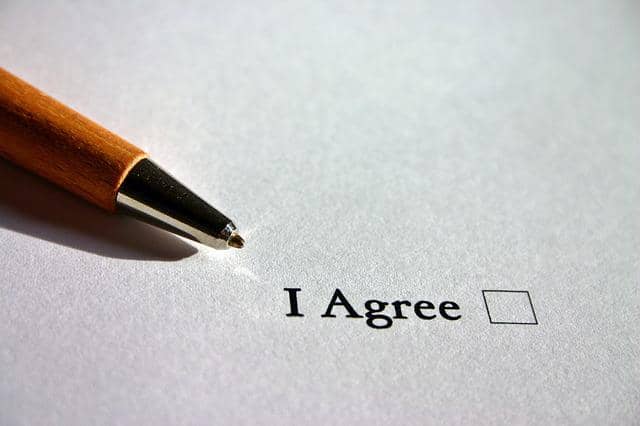Setting the price of a product is the most crucial step in every business. While a seller is free to set the price of his products, he may have to abide by specific policies in a few cases.
MAP pricing is one such policy that is formed as an agreement between manufacturers and sellers. While resellers may want freedom in setting up their prices, these policies are for their own benefit in the long run.
This article will discuss MAP pricing right from scratch to every detail you need to know.
Let’s start.
What Is MAP Pricing?
MAP stands for the minimum advertised price. As the name suggests, it is the minimum price a seller can show in the paid advertisements for a particular product.

The minimum price is set by the manufacturer and the seller is bound to stick with that.
It does not mean that a reseller or a retailer cannot sell the product below MAP. This agreement only binds the sellers not to promote a product below the MAP.
The seller can run ads for a product at the MAP price or higher but not below that.
What Is a MAP Pricing Policy?
The MAP policy is mostly an agreement between a manufacturer and the registered dealers or retailers of that particular brand.
That’s why you may not have ever heard of an authorized retailer of a famous brand promoting a branded product at unbelievably low prices or for free.
While you may have seen the resellers promoting a product free of cost in a few cases (free product + shipping charges), they may not have been in contract or agreement with the brand owner or a manufacturer.

They may also not be selling branded products. Hence, they are free to sell the product at any price – even in a loss to get rid of dead stock.
How to Set Map Pricing?
As MAP pricing is mainly about protecting a certain profit margin and setting a standard price of a product, brands usually set the MAP higher than the wholesale price.
The MAP pricing is also above the cost of the product as a brand cannot afford to allow its retailers to sell below the cost.
One of the best strategies to set the MAP pricing is to set the price a little higher than the average sale value of the product.
As the MAP is not meant to be fixed at all times, brands may change the MAP from time to time. They may analyze the sales trends and decide on a minimum price at which the product can be advertised.
How Does Minimum Advertised Price Work?
The process of MAP is simple. The brand decides a minimum price at which the retailers are allowed to promote their products. This sets the clear price expectation about a product in the minds of the audience.

The actual sale price may go down in some cases but many people will not see it.
The brand sets its image and the retailers are ensured to earn predefined margins. This process eventually keeps the business running or growing.
Why Is a MAP Policy Important for Brands?
The MAP policy is very important for the survival of brands. If the retailers start advertising a product below the MAP, the brand will eventually lose its image.
Customers may start thinking that the products from the brand have uncertain prices and may think of those products as substandard.
That’s why brands do not allow their retailers to advertise their products below a predefined price.
Following are the benefits of MAP for brands.
Brand Placement
One of the most important things for a brand is how customers perceive it. That’s why brands take MAP pricing very seriously.
They don’t want their potential or existing customers to think that a brand does not have standard pricing.
If a customer sees a branded product at different prices, a brand will lose its credibility and will eventually die out.
Competitive Price
A brand is always in competition with other brands of the same niche. But starting a price war with your competitors is not always the best strategy.

If a rival brand is promoting its products at a certain price, you also need to have matching prices for similar products to stay competitive.
That’s especially relevant for online retailers. You may notice that the customers usually don’t trust a brand that’s promoting products at insanely low prices.
A brand may lower the prices on certain occasions like Black Friday, Halloween, New Year, etc. But during those days, your competitors would also have lowered their prices under the sale offers.
But if you show ads for a branded product at an unrealistic price, the customers may start doubting the brand.
Fair Price Policy
A brand must have a fair price policy. It is crucial for its image.
Most established brands have a fair price policy. They also mention it on their official website. MAP helps brands support their fair pricing policies.
Establishing a Product’s Price
MAP is essential for establishing a product’s price, especially in the case of a new product launch. Once the price is set, it becomes very difficult to increase the prices in the near future.
Brands realize this very well. That’s why they are very conscious about setting a minimum price for their products, especially in the advertisements.
Makes Cross-Selling Easier
Most brands have multiple products to sell. The customers who got attracted to one of the products are likely to notice other products of the brand too.
The MAP pricing helps sell other products as well by attracting a customer group who intend to buy products within a particular price range.
Securing the Right Customer Base
In addition to getting sales, advertising also gets you a new customer. If you follow MAP, you will get to the right customer base.

If the brand has advertised a product below MAP, it will get the followers of price-conscious customers, which is not a desirable situation.
You may have advertised a particular product below MAP to increase your customer base but those followers may not be willing to buy other products from your brand that are offered at higher rates.
So, if you want to get the right customer base, you need to follow the MAP.
Uniform Pricing
The brands need to give their customers confidence that they will have uniform pricing of a branded product at every outlet.
If a branded product is promoted at a price lower than the expected pricing, it may result in two circumstances.
The customers who have already bought from that brand may think that the brand has sold them the product at a higher price when it was available at a lower price.
They may also think that the brand doesn’t have a uniform pricing policy. Hence, they will be unsure whether the price is right or not while buying from the same brand in the future.
This uncertainty may prevent them from buying products in the future. That’s why brands ensure not to advertise their products below the predefined minimum prices.
Brand’s Superiority
You may have noticed that branded products always have higher prices than non-branded products. That’s because the brand has to set a superior image in the customer’s minds.
That’s the main concept behind a private label business. So, the MAP makes use of the customers’ psyche to stay superior and desirable.
You will understand it better if you think as a customer.
Suppose you see two ads for similar products. One from a brand and the other one from a general retailer. If the price of a branded product is lower than the price of a non-branded one, you may not have a good image of that brand.
That’s why brands never want to promote their products at a price that harms their superiority.
Sense of Authenticity
Another important factor for a brand’s survival is to instill the reliability of its products in customers’ minds. All customers must have the confidence that the products they are about to buy from a brand are genuine.

MAP is an important policy to propagate this thought. Running the ads for a branded product below a certain price may make the customers think that the products are fake.
Think of noticing an advertisement offering Nike’s joggers at $20. Even if the seller is offering the genuine Nike joggers at $20, you would most probably consider it as a fake or counterfeit product.
Pros and Cons of MAP Pricing
Let’s discuss the pros and cons of MAP pricing briefly for better understanding.
Pros of MAP Pricing
- Helps a brand establish and control its retail network.
- Helps a brand retain its integrity in case of a price war between retailers.
- Makes the buying decisions easier for the customers.
- Avoids instant price fluctuations.
- Knocks out counterfeit sales and the network of unauthorized sellers.
Cons of MAP Pricing
- It is only beneficial to the sellers who want to sell a product for the long term, not to those in product testing mode.
- A brand has to work with a limited number of authorized retailers who are contract-bound with the brand.
- It may reduce sales in the short run while protecting the brand’s image in the long run.
Can You Sell Below the MAP Price?
Yes. There is a difference between advertising and selling a product. MAP essentially sets the minimum price of a product for advertising. The retailers are mostly allowed to sell the products below the MAP.
The advertising is meant for a larger audience. The people who would not buy the products will also see the advertisements.
That’s why a brand does not allow its retailers to advertise its products below a certain price.
What’s the Difference between MAP and MSRP?
MSRP stands for the manufacturer’s suggested retail price. It comes from a brand to its retailers as a suggestion for the minimum sale price of a product.

Sometimes, the retailers are blank about setting the price of a product. MSRP assists them in setting realistic pricing so that they may not try to sell the product for too high or too low in comparison to the acceptable market rates.
Following are the main differences between MAP and MSRP.
- MSRP is meant for sales while MAP is meant for advertisements or promotions only.
- MSRP is a suggestion while MAP is a compulsion.
- MSRP is meant for the consumers and MAP is meant for the retailers.
- A retailer can be in trouble if he violates MAP but there is no issue in deviating from MSRP.
- MSRP is purely meant to secure the profit margin of the retailer while MAP is also meant to protect a brand’s image.
How Do MAP Pricing and MSRP Work Together?
Although MAP pricing and MSRP are different, they are largely aimed at similar objectives – protecting the profit margins and the image of a brand and its retailers.
A retailer can take help from both pricing strategies in the following ways.
- He can match the MAP and MSRP pricing to synchronize his advertisements and the retail prices.
- As brands give the idea of the lower limit of their products via MAP and the upper limit via MSRP, you get the room to play with pricing in between both.
- In case a retailer wants to run a special promotion on a certain product, he can take help from both pricing and announce a special sale keeping the prices within the acceptable and suggested limits.
How to Enforce MAP Pricing?
A brand takes certain steps to enforce its MAP pricing strategies. A few typical steps have been mentioned below.

- Signing a mutual contract or agreement between both parties clearly stating the terms of MAP violations and the following consequences.
- Asking authorized retailers or distributors to submit a bank guarantee for not violating the MAP policies.
- Strict MAP monitoring across retailers’ networks.
- Keeping the supply of goods limited in the start until confidence is developed between both parties.
- Stop the supply of products to the violators of MAP policies to give a strong message to other retailers.
- If a brand doesn’t want to lose a retailer who violated the MAP policy, the brand may increase the purchase price of the goods for that retailer in the future so that it becomes impossible for him to lower the advertised prices below MAP.
FAQs about MAP Pricing
Read the answers to the following frequently asked questions for better knowledge about MAP pricing.
Is Minimum Advertised Price Legal?
Yes. It is legal for a brand or a product owner to set a minimum advertised price for his products. MAP is not a legal agreement.
Establishing a product’s pricing is legal for brand protection unless a brand asks its retailers to fix the retail prices.
As MAP does not set the sales prices, therefore there will be no legal action against a brand that will set a minimum advertised price for its products.
What Happens If You Advertise Below MAP Price?
Depending upon the type of contract you have signed with the manufacturer, you may hurt a working relationship with your brand or the manufacturer if you advertise below MAP price.
It may not only result in a bad professional rapport with your manufacturer but will also hurt your profitability in return for short-term gains.
Can You Advertise Below the MAP Price?
No. If you are a registered or authorized retailer of a brand and agree with the brand owner regarding MAP, you cannot advertise below the MAP price.
In most cases, the MAP prices apply to the retailers who are only working with a particular brand. They are selling the products of that brand only and intend to work with that brand for a long time.
That’s why registered retailers are not allowed to advertise a product below MAP.
Conclusion
Policies and strategies are always made for long-term businesses. These are the backbone of a business and are essential for a brand’s survival. MAP is also a great strategy that not only protects the interests of a brand but is also beneficial for the registered sellers.
Being a retailer of a brand is like two-way traffic. If you protect the larger interests of a brand by following their policies and guidelines like MAP, the brand will also protect your interests by considering you a long-term business partner.
Do you require branded items from the best available manufacturers at the most affordable costs? Ask for a free quote and one of our experts will guide you through every step.

